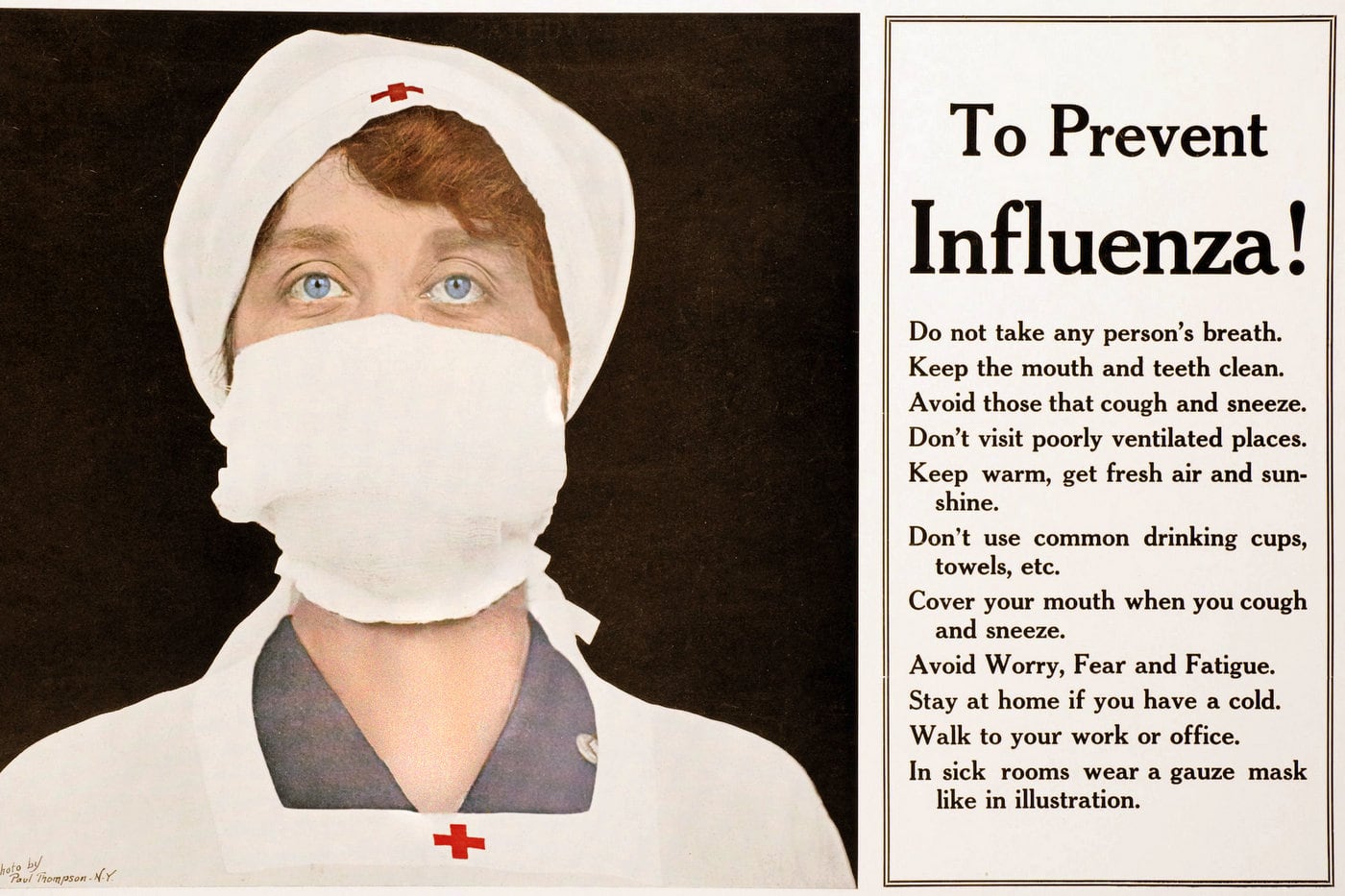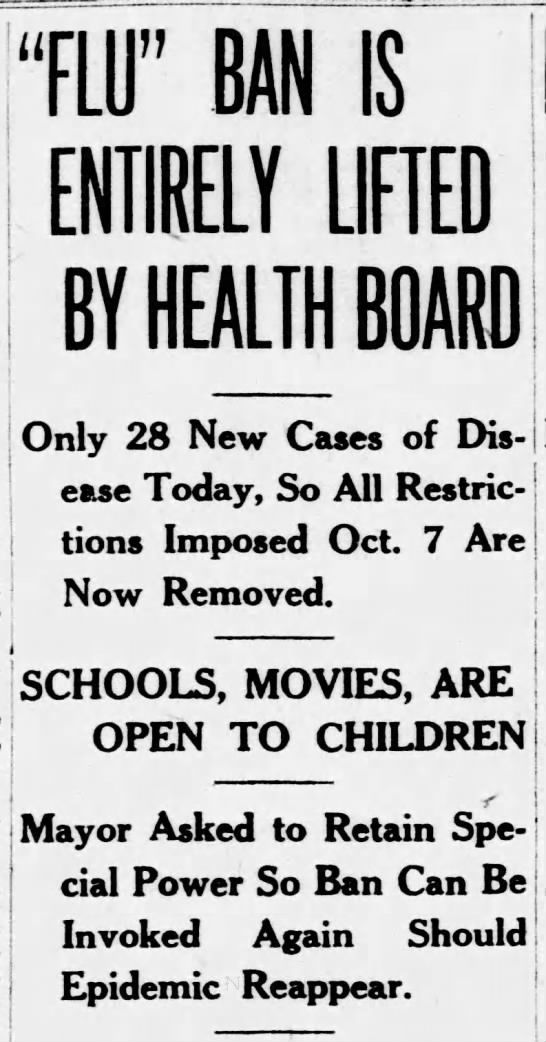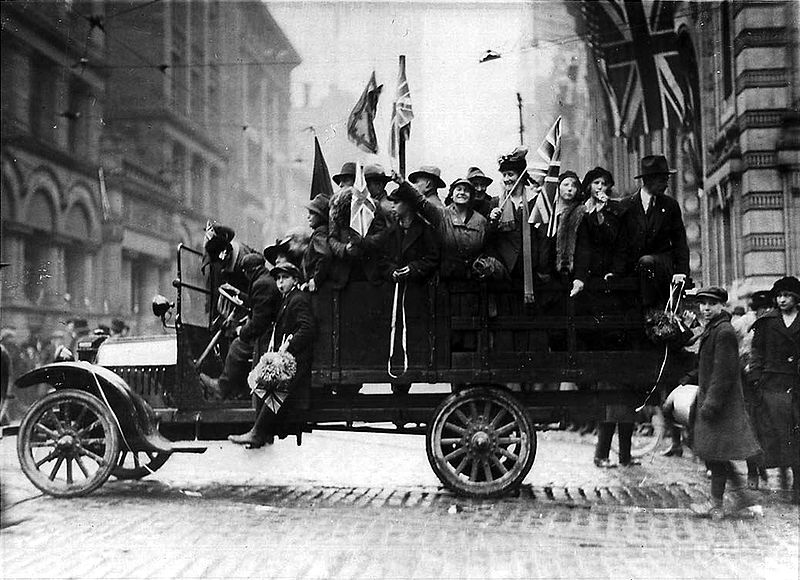Some weeks, for this column, I ponder for some time what to write about. As you may know, for many weeks now, I have focused a great deal on past pandemics, doctors and medicine with connections to historic Mississauga. And there is always more to cover on this subject. But for this week’s article, I am inspired from something that was unplanned. This morning, I had an opportunity to interview Heather Christine and Matt Zaddy, and husband-and-wife musical duo from Mississauga known as River North. I was speaking with them in connection to a question we received for our weekly show “Ask A Historian” with Heritage Mississauga.
In short, I found our conversation, and their world-perspective, inspiring and optimistic. We could use more of that message of togetherness, given the bombardment of negativity that seems to dominate the news. To be honest, for me, speaking with these two talented artists felt like a breath of fresh air. Something that came out of our conversation, unscripted, was a reference to an old proverb: “The darkest hour is just before the dawn”, or some variation of that. (On an aside, old proverbs and sayings have always fascinated me, and I enjoy learning about the times and references from which they originated. This particular saying is attributed to Thomas Fuller in 1650 who wrote “It is always darkest just before the Day dawneth.” But I digress.)

“The darkest hour” concept, together with this article series’ ongoing focus on past pandemics, has me thinking about the “post” moments in the wake of past pandemics, particularly now that we are beginning to reopen. How did “regular” life emerge following the 1918-1920 Spanish Flu? Most closures lasted about five to seven weeks, beginning in October 1918 and ending in early-to-mid November. This was in the midst of the so-called “Second Wave”, which was the deadliest wave, of the pandemic. Schools were the last to reopen, with most remaining closed until January of 1919. Armistice Day gatherings (November 11) saw people venturing out, congregating and celebrating in large numbers, and most of the closures came to end around that time. The medical community, in hindsight, viewed this sudden reopening as a mistake. More “waves” followed, although most people had lost any appetite for further rounds of closures. Some places were harder hit than others, with major urban centres (for obvious reasons of population density) like Toronto and Hamilton more impacted than rural areas. Streetsville, for a local example, seems to be less impacted, but the ongoing pandemic in 1918 and 1919 remained front page news.
As society struggled through the ongoing pandemic during 1919, further measures were enacted to attempt to combat the spread of the flu, such as limiting the number of people allowed to gather and wearing face masks – something that sounds very familiar to the medical advice given today during these days of COVID. By the summer of 1919 the pandemic was largely at an end, although specific cases and localized “flare-ups” continued with decreasing severity into 1920. Coming out of the Spanish Flu pandemic was an awakening of public health initiatives, and included the creation of the Federal Department of Health in Canada and the International Bureau for Fighting Pandemics (the forerunner of the World Health Organization).

Still, as cities reopened, citizens remained apprehensive. Being cautious and vigilant was advocated in the Streetsville Review. It seems, when reviewing historic newspapers, only very gradually did that worry dissipate and did daily life find a return to some sense of normalcy. But that took months, if not a year. There did not seem to be sense of an “end” for the Spanish Flu. There were no celebrations, no apparent newspaper headlines marking the end of the pandemic, because no one knew if the finish line had been reached, or if, at some point, the pandemic would come roaring back.

Still, amidst the uncertainly and the fear, society, and the economy, came surging back. With faltering and cautious steps at first, communities emerged. Losses were mourned, but attention quickly turned to the rebuilding – both of the shaken society and the struggling economy. And rebuild they did. The tumultuous war years and the pandemic gave way, gradually, to the “roaring twenties” – seen as a time of plenty, of excess, and of opportunity. Communities rose from the ashes of the older world, throwing off the dark days of the First World War, the Spanish Flu pandemic, and the vestiges of the old Victorian world. Gradually something new and vibrant emerged.
I realize that this article provides is a broad and romantic perspective that lacks a thorough historical analysis and is a departure from our regular approach, but I do find the thought of “emerging” from this dark hour encouraging. And we will emerge. However history shows us that it will take time. These dark days of COVID are far from over, but hopefully the dawn is closer than it seems. As we wait for the dawn, we can draw encouragement and support from each other, and take inspiration, perhaps, from things that bring people together during times that physically keep us apart.
In that vein, I encourage you to check out the River North online concert on Sunday, July 12 at 7 pm:
https://twitter.com/HeatherBriss/status/1279809910398689280/photo/1
Also, here are a few video links to further explore Canada and the impacts of the Spanish Flu of 1918-1920:
https://www.thecanadianencyclopedia.ca/en/article/1918-spanish-flu-in-canada
https://www.youtube.com/watch?v=vO-JFHK0okk

NOTE: This story was previously published as part of the Way Back Wednesday series in Modern Mississauga by Heritage Mississauga.
It can be found on their website here: https://www.modernmississauga.com/main/2020/7/8/how-life-re-emerged-in-streetsville-and-surrounding-areas-from-the-spanish-flu



Comments are closed.